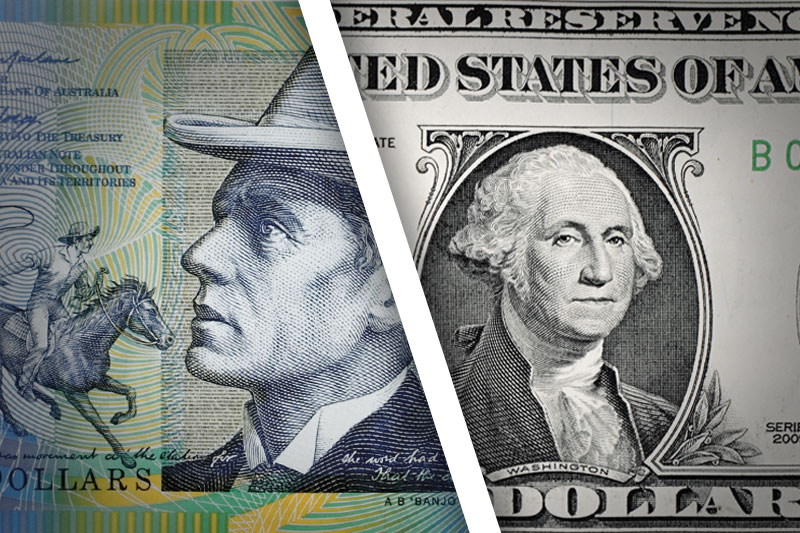Investing.com - The Australian dollar traded higher against its U.S. counterpart during Friday’s Asian session even as traders remain pensive about riskier Asian-Pacific currencies.
In Asian trading Friday, AUD/USD rose 0.11% to 0.9038. The pair was likely to find support at 0.8907, the low of August 6 and resistance at 0.9122, the high of August 20.
The Aussie gained ground on Thursday after after data showed that the preliminary reading of China’s HSBC manufacturing purchasing managers’ index rose to a four-month high of 50.1 in August, up from 47.7 in July. Economists had forecast a reading of 48.3.
China is Australia's biggest export partner. Separately, the Conference Board said that its leading index for Australia fell 0.2% June, after a flat reading the previous month.
The Aussie remained firm against the greenback even after a pair of strong U.S. data points that would appear to support the notion the Federal Reserve can proceed with tapering of quantitative easing later this year. The end of QE, in theory, should support the dollar and hurt riskier currencies such as the Aussie.
In U.S. economic news out Thursday, initial claims for jobless benefits fell by 15,000 to 320,000 last week. That is the lowest reading since October 2007, according to the U.S. Labor Department. Economists expected a reading of 335,000. The less volatile four-week moving average fell 4,000 to 332,000, the lowest level since November 2007.
The Conference Board’s index of leading economic indicators rose 0.6% last month after being flat in June. Eight of the ten indicators that comprise the index improved last month, including employment, improved equity markets, loan growth and building permits.
Elsewhere, EUR/AUD fell 0.24% to 1.4793 after London-based Markit Economics reported earlier that its flash euro zone manufacturing purchasing managers’ index rose to 51.3 in August from a final reading of 50.3 in July. Analysts were expecting the index to come in at 50.8.
The flash euro zone services PMI rose to a 24-month high of 51.0 from 49.8 in July, better than market calls for a 50.2 reading.
AUD/JPY climbed 0.52% to 89.38.
In Asian trading Friday, AUD/USD rose 0.11% to 0.9038. The pair was likely to find support at 0.8907, the low of August 6 and resistance at 0.9122, the high of August 20.
The Aussie gained ground on Thursday after after data showed that the preliminary reading of China’s HSBC manufacturing purchasing managers’ index rose to a four-month high of 50.1 in August, up from 47.7 in July. Economists had forecast a reading of 48.3.
China is Australia's biggest export partner. Separately, the Conference Board said that its leading index for Australia fell 0.2% June, after a flat reading the previous month.
The Aussie remained firm against the greenback even after a pair of strong U.S. data points that would appear to support the notion the Federal Reserve can proceed with tapering of quantitative easing later this year. The end of QE, in theory, should support the dollar and hurt riskier currencies such as the Aussie.
In U.S. economic news out Thursday, initial claims for jobless benefits fell by 15,000 to 320,000 last week. That is the lowest reading since October 2007, according to the U.S. Labor Department. Economists expected a reading of 335,000. The less volatile four-week moving average fell 4,000 to 332,000, the lowest level since November 2007.
The Conference Board’s index of leading economic indicators rose 0.6% last month after being flat in June. Eight of the ten indicators that comprise the index improved last month, including employment, improved equity markets, loan growth and building permits.
Elsewhere, EUR/AUD fell 0.24% to 1.4793 after London-based Markit Economics reported earlier that its flash euro zone manufacturing purchasing managers’ index rose to 51.3 in August from a final reading of 50.3 in July. Analysts were expecting the index to come in at 50.8.
The flash euro zone services PMI rose to a 24-month high of 51.0 from 49.8 in July, better than market calls for a 50.2 reading.
AUD/JPY climbed 0.52% to 89.38.
